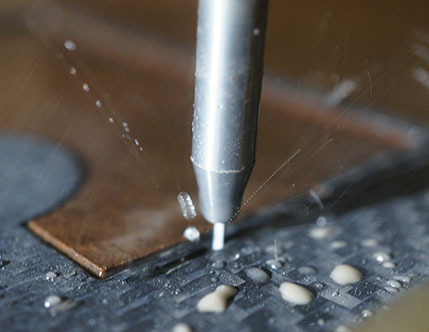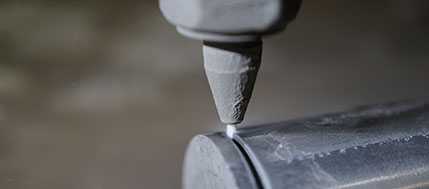There are so many ways to save with waterjet. Let us explain some of the ways we can help you.
Throughout our many years of working with waterjet machines we have learned quite a few tips and tricks that help us keep costs down to a minimum. There are also great efficiencies that come along with the nature of waterjet cutting that make it extremely economical to use – for example: nesting parts, stacking up material, narrow kerf width (nozzle cut width), streamlined programming software, minimal tooling, fixturing and set-up times during production, easily saved & recycled scrap / remnant material. All of these combined - along with superior customer service and our commitment to quality help add to the bottom line of cost savings through MILCO Waterjet.

